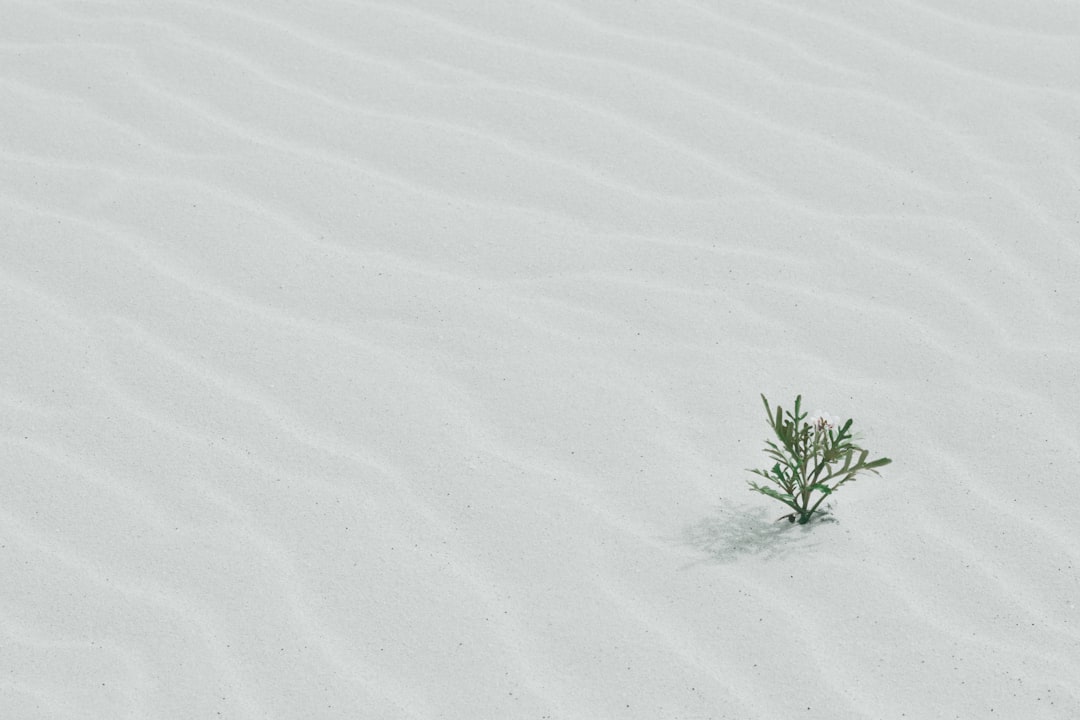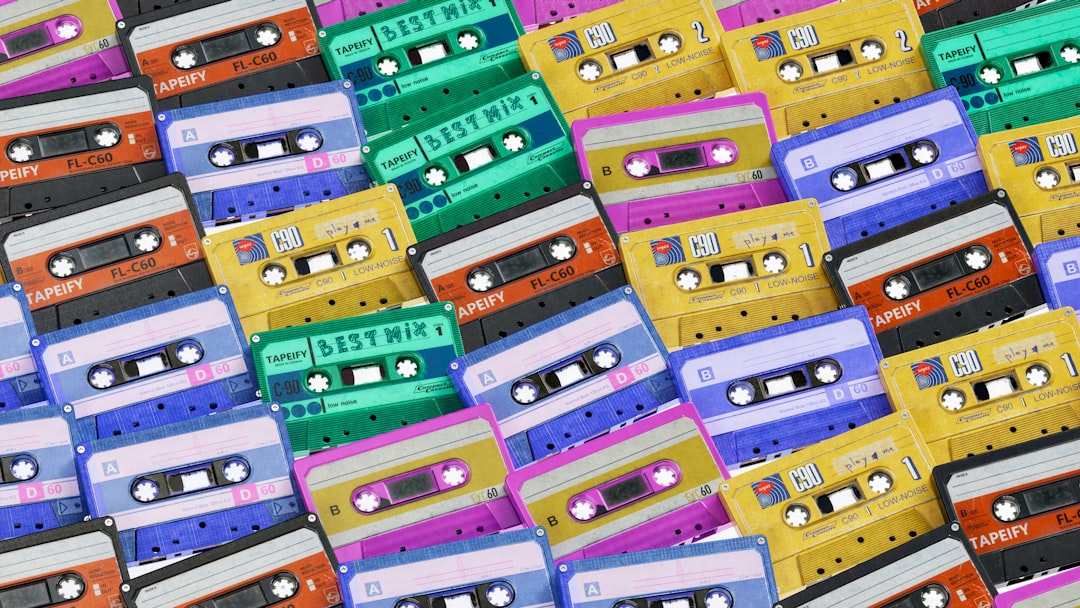
A podcasting client recently asked me how I think about choosing topics and structuring the episodes of a longer podcast series. Another asked about how to structure individual episodes. Apparently, thinking about structure is in the air!
On top of that, I recently read Byung-Chul Han's essay "The Crisis of Narration." In it, he argues that because we're living amidst an excess of information, stories, and messages, we've lost our ability to narrate. For Han, narration is how we construct meaning across time—how experience is passed and built on from community to community and person to person.
Trust me: structure and narration are related. And that's what I'd like to explore in this week's installment of This is Not Advice.
How can carefully considering the structure of the work we do make our work more remarkable and help fill our desire for narrative?
This is Not Advice is a “not advice” column for Premium Subscribers. This column draws on questions and concerns from independent workers and small business owners and offers a critical (and practical) look at what’s happening in our day-to-day work.
Check out a preview of the This is Not Advice. Or upgrade for full access!
A Tsunami of Information
First things first, I want to tell you more about Han's perspective on our 'crisis of narration.'
We can think of how Han uses narration as an overall story arc of meaning-making and sense-making. We narrate our lives when we turn disparate events into stories that shape who we know ourselves to be and how we fit into the past, present, and future. As Han sees it, we're rapidly losing the ability to narrate, thanks to the tsunami of information we drown in daily.
"Bits of information are like specks of dust, not seeds of grain," writes Han. Specks of dust are something to be brushed away, removed from whatever surface it's gathering on. But seeds of grain are storehouses of future plants, future food.
Most of the information—the headlines, content, data, etc.—we encounter daily are mere specks of dust. They float into our perception for a moment before they're swept away on the breeze or wiped up with a microfiber cloth. We may feel informed by this information, but we don't feel satisfied by it.
Information accumulates rather than satiates.
Making this information—something we all do in one form or another—is also unsatisfying. Even if we're having fun making TikTok videos or podcast episodes or articles, at some point, we realize that we've accumulated a thick layer of dust without sowing any seeds for future harvest.
The tsunami of information means that our perceptual apparatus is permanently stimulated. It can no longer enter into contemplation. The tsunami of information fragments our attention. It prevents the contemplative lingering that is essential to narrating and careful listening.
Han uses the example of how we've learned to document our lives rather than narrate them. We feed our life events into the machine so that the smallest detail is recallable. But in feeding the machine, we neglect telling stories about those events. We communicate rather than narrate.
Your extended family and old high school friends know when your baby was born or that you got a new job or that you moved into a new house. But they don't know—can't know—what each event reveals about you or the story you tell yourself about your self. A Facebook profile or Instagram account is a dataset, not a narrative.
An Evolution of Structure
When I first started podcasting, I would fly from central Pennsylvania to the CreativeLive studio in Seattle and sit in a small room for two days to record eight to ten interviews. This was 2015, and I'd been absorbing podcasts and talk radio for over a decade. But in terms of practical experience, I had almost zero.
So, those first couple of recording sessions were my best attempt at overcoming fear and finding some rhythm when it came to interviewing. But by the third session or so, I started to relax. Instead of white-knuckling it through an interview, listening so intently in the moment that I felt like a wrung-out mop by the end of a conversation, I could pay attention on another level. I still listened intently, but I also started to sense how one conversation fit with another.
I noticed the narrative forming across interviews.
Each set of eight to ten interviews had a unique flavor. Sometimes, the connecting thread was a question I was interested in or a trend I'd noticed with clients. Other times, the narrative emerged from unseen links between my guests. Once I saw the tendency of a narrative to form, I could approach each set of interviews with the intention of finding that narrative and building on it.
Later, I chose the narrative I'd pursue. I created four to six-episode vignettes exploring topics like managing uncertainty, designing a business model, or finding support as a small business owner. Most of the time, I identified the broad topic my audience wanted to learn about. Then, I'd brainstorm a bunch of different angles or exciting questions that I could shape episodes around. Once I had that list, I moved on to identifying guests. I wanted to talk to people with specific experiences or stories that would illustrate bigger lessons.
In 2022, after I'd made more than 360 podcast episodes, I took the next step. I made my first 8-part series, "Time & Money."
It wasn't just that this series was longer than the ones I'd done previously. This series was the first in the style of podcasting I do today, something we at YellowHouse.Media like to call "public radio lite." The beginning of the process—choosing a broad topic and brainstorming episode ideas—looked the same as before. But in the production phase, things got more interesting.
Now, I think of my interviews as research. In the same way I'd incorporate ideas or data from a book or paper I read, I used ideas, storylines, or information from an interview to support the thesis of the episode.
In my last series, "Decoding Empathy," my thesis was that the folk understanding of empathy is based on projecting oneself into the experience of another and that this practice makes it difficult to see how others perceive and experience the world differently than we do. True empathy, I wanted to argue, came from recognizing the profound otherness of other people. To support that thesis, I did my research—reading, for sure, but also talking to incredible people whose work intersects with this idea of accepting difference for what it is.
From a practical standpoint, this narrative-building process led to six podcast episodes, six essays, and six visual essays (i.e., Instagram posts)—18 total pieces of content. Each of those pieces of content interlinks with the others. They provide multiple ways into the narrative, multiple ways to move deeper into the narrative, and multiple off-ramps into related ideas that aren't part of the narrative of the series.












